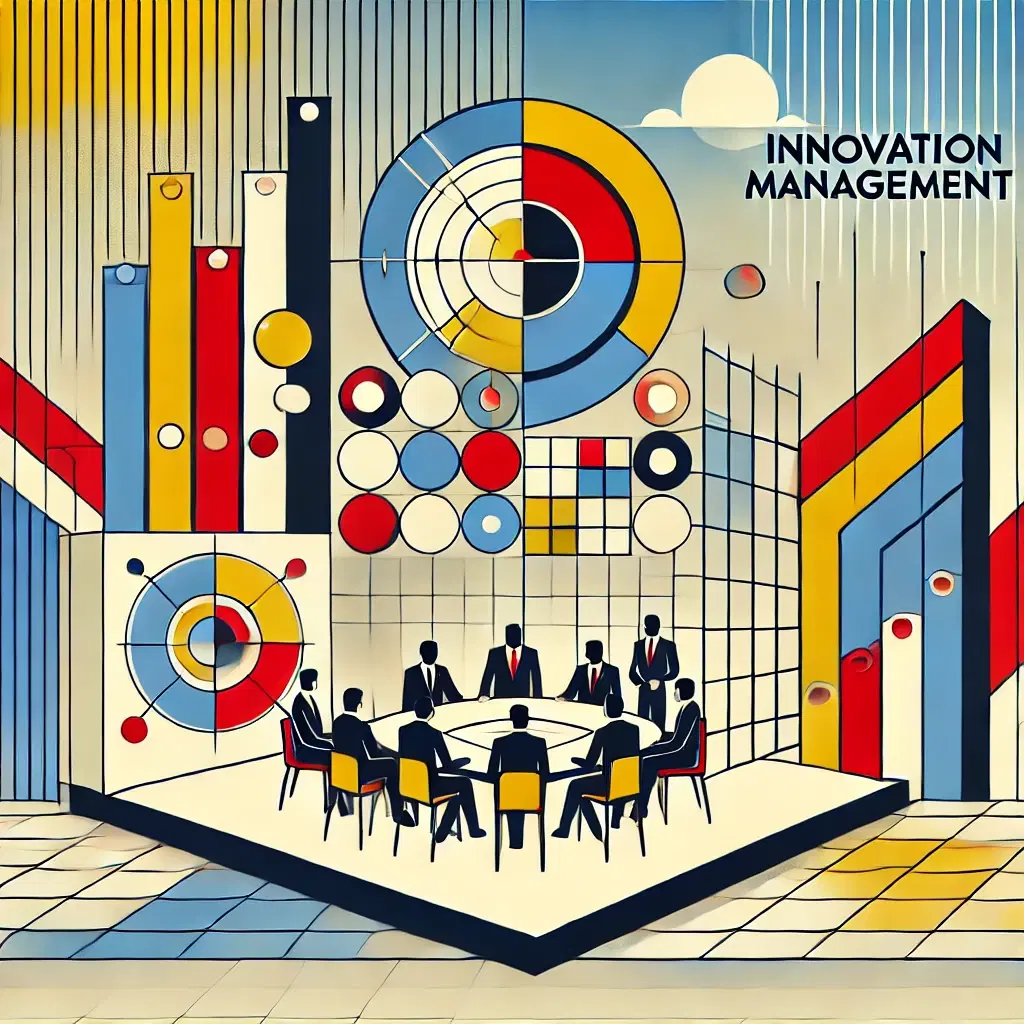4 tips for implementing a culture of innovation
São Paulo, February 14, 2025Summary:
Digital transformation is forcing companies to innovate faster and faster to stay competitive, and a culture of collaboration is essential to this.
Companies that adopt a data-driven culture can increase their customer base, ROI and gain a competitive advantage.
The SENNO method addresses the issue of a culture of innovation as something essential in any organization and focuses on collaboration and data analysis.
Digital transformation has made the world faster, a movement that has a strong impact on the corporate world. Research by InnoSight shows that in 1964, the average time a company remained in the S&P 500 index was 33 years. In 2027, this period in the indicator that measures the largest companies listed on the stock exchange will be only 12 years. In other words, it is necessary to move, and move faster and faster.
Innovating in a structured way is one of the ways to stay at the top of the list. It is also a response to defend market share from competitors with lower prices, increase operational profitability and gain competitive advantage.
The market has been aware of this need for a long time. An Oracle paper shows that 76% of companies treat innovation as a strategic priority. The question now is not why we should innovate, but how to make innovation something systematic.
A whitepaper from Ideascale analyzes this issue. It shows that the gap is not in generating ideas, but in transforming them into products or services. The challenges involve eliminating information and process silos, increasing transparency and collaboration between teams, reducing redundancies in ideas and aligning these innovation activities with strategic planning.
A culture of collaboration increases innovation
The SENNO method addresses the issue of innovation culture as something essential in any organization. One of the premises of our methodology is to generate value for people. This applies to both internal stakeholders and external collaborators. It is worth remembering that innovation does not need to be generated only within the company, something that the Open Innovation concept has already pointed out as a good practice for a few decades.
In the SENNO method whitepaper, methodologies that examine the culture of collaboration are presented together with data analysis frameworks. For SENNO, these are inseparable aspects that feed into each other.
“The people and teams involved in the process acquire learnings that will help improve the success of other initiatives in new innovation cycles. This learning associated with a cultural orientation of good pro-innovation practices will be the motivators to keep innovation management working and generating value for the organization”.
Download the full text of the SENNO method at this link.
Connecting people brings value
It is a fact that a data-driven culture leads to a greater understanding of your business. A Google study conducted by the consulting firm BCG found that companies that adopt Data Driven are increasing their customer base, ROI and having a competitive advantage over their competitors.
Savings can reach up to 30% and revenue can increase by 20%. However, according to the study, only 2% of companies are at an advanced stage. In other words, there is enormous potential to be achieved. A data-driven company can connect potential ideas and people who were previously isolated, delivering more value.
What are the best practices?
The Benchmarking Innovation Impact 2020 report, produced by KPMG, brings together some of the best practices used by companies such as Google, Intel, ESPN, Ford and Nasdaq. In total, 200 leaders in innovation, strategy or research and development were interviewed.
The text points out some steps that help companies that are starting their innovation processes, as well as those that are already mature in this métier. The journey involves the following steps:
Create a winning strategy.
Provide resources and funds to make innovation happen.
Break down barriers and obstacles that can hinder innovation projects.
Measure your progress.
Understand which approaches have worked (and which have not).
In other words, according to KPMG, in this increasingly fast-paced environment, having the right innovation strategy, establishing adequate funding and resources, being able to identify and overcome obstacles, and balancing short- and long-term goals are fundamental steps for the long-term growth of innovation projects.
An interesting aspect is that companies integrate innovation projects into strategic planning. This makes sense, since everyone involved needs to know what the objectives of these initiatives are.
But there is still a long way to go. The survey indicates that the biggest challenge is promoting alignment between teams: around 52% of respondents cite a culture averse to innovation as the biggest obstacle to be overcome.
A key to the longevity and impact of innovation teams in any organization is that they find ways to collaborate with other parts of the company. Creating allies and supporters is essential, because there are always internal conflicts and debates about which resources the company will need to work on.
Scott Kirsner, CEO of Innovation Leader.
Technology is an ally
Adopting technology is one way to help in this task of alignment between teams. Applications like SENNO are the best way to centralize and coordinate innovation efforts in an organization. If companies used to be closed and vertical, today they are increasingly adopting the horizontal model.
In addition to social features, where users can vote on the most relevant ideas and build an innovation project collaboratively, SENNO has a unique feature: Signals. This function allows you to validate an idea before it leaves the drawing board, which saves time and speeds up the entire process.
Did you like this article and are interested in the subject? Read more articles about innovation and technology on our blog.


